-
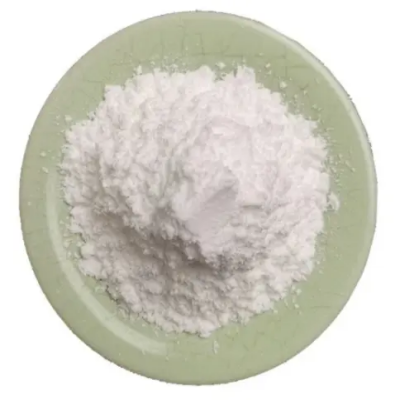
Oxytetracycline CAS:79-57-2
Oxytetracycline is a broad-spectrum antibiotic belonging to the tetracycline class, derived from Streptomyces rimosus. It inhibits bacterial protein synthesis by binding to the 30S ribosomal subunit, preventing the attachment of aminoacyl-tRNA to the mRNA-ribosome complex. This action results in bacteriostatic effects against a wide range of gram-positive and gram-negative bacteria. Oxytetracycline is available in various formulations, including oral tablets, capsules, and topical ointments, for the treatment of bacterial infections in humans and animals.
-
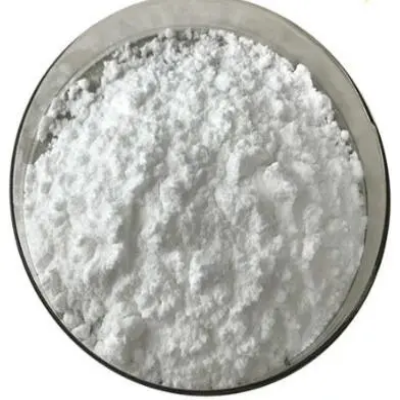
Oleandomycin triacetate (Troleandomycin) CAS:2751-09-9
Oleandomycin triacetate, also known as troleandomycin, is a macrolide antibiotic derived from Streptomyces hygroscopicus, exhibiting broad-spectrum antimicrobial activity against gram-positive bacteria. It acts by inhibiting bacterial protein synthesis, specifically targeting the 50S ribosomal subunit. Troleandomycin is used primarily in veterinary medicine for the treatment of respiratory and gastrointestinal infections in animals, including cattle, pigs, and poultry. It is available in oral formulations for easy administration and effective management of bacterial diseases in livestock.
-

Ofloxacin CAS:82419-36-1
Ofloxacin is a synthetic fluoroquinolone antibiotic with potent antimicrobial activity against a wide range of gram-negative and gram-positive bacteria. It inhibits bacterial DNA gyrase and topoisomerase IV enzymes, disrupting DNA replication and leading to bacterial cell death. Available in oral, topical, and intravenous formulations, ofloxacin is commonly prescribed for the treatment of various infections, including respiratory tract infections, urinary tract infections, skin and soft tissue infections, and sexually transmitted diseases. Its broad spectrum of activity, favorable pharmacokinetics, and clinical efficacy make ofloxacin a valuable therapeutic option in both community and hospital settings.
-
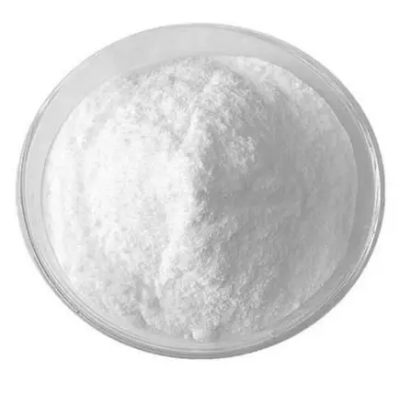
Norfloxacin CAS:70458-96-7
Norfloxacin is a synthetic fluoroquinolone antibiotic with broad-spectrum antimicrobial activity against both gram-negative and some gram-positive bacteria. It inhibits bacterial DNA gyrase and topoisomerase IV, essential enzymes involved in DNA replication and repair, thereby exerting bactericidal effects. Norfloxacin is available in oral formulations, including tablets and suspensions, for the treatment of various bacterial infections, such as urinary tract infections, gastrointestinal infections, respiratory tract infections, and sexually transmitted diseases. It is commonly prescribed due to its effectiveness, tolerability, and convenient dosing regimen.
-

Nisin CAS:1414-45-5
Nisin is a natural antimicrobial peptide produced by certain strains of Lactococcus lactis bacteria. It belongs to the class of lantibiotics, characterized by their unique structure containing lanthionine and methyllanthionine amino acids. Nisin exhibits potent antimicrobial activity against a broad spectrum of gram-positive bacteria, including foodborne pathogens such as Listeria monocytogenes and Staphylococcus aureus. Due to its heat stability and compatibility with various food processing conditions, nisin is widely utilized as a natural preservative in the food industry to inhibit bacterial growth and extend the shelf life of perishable products.
-

Oxytetracycline dihydrate CAS:6153-64-6
Oxytetracycline dihydrate is a form of oxytetracycline, a broad-spectrum antibiotic belonging to the tetracycline class. Like other tetracyclines, it inhibits bacterial protein synthesis by binding to the 30S ribosomal subunit, thereby exerting bacteriostatic effects against a wide range of gram-positive and gram-negative bacteria. Oxytetracycline dihydrate is structurally similar to oxytetracycline but contains two water molecules in its crystal structure. It is available in various pharmaceutical formulations for both human and veterinary use.
-
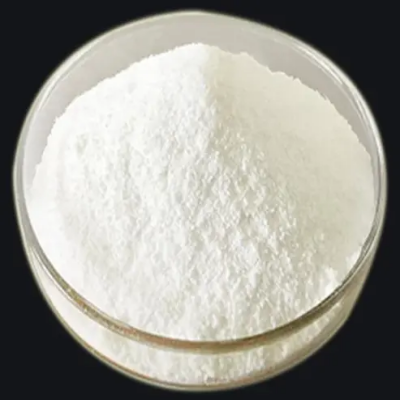
Ornidazole CAS:16773-42-5
Ornidazole is a synthetic nitroimidazole antibiotic and antiprotozoal agent with broad-spectrum activity against anaerobic bacteria and protozoa. It works by damaging the DNA of microbial pathogens, leading to their death. Ornidazole is available in oral formulations, including tablets and suspensions, for the treatment of various infections, such as bacterial vaginosis, trichomoniasis, giardiasis, and amoebiasis. It is commonly prescribed due to its efficacy, tolerability, and convenient dosing regimen.
-

Oxacillin sodium salt monohydrate CAS:7240-38-2
Oxacillin sodium salt monohydrate is a narrow-spectrum beta-lactam antibiotic, similar to oxacillin sodium salt, with the addition of one water molecule in its crystal structure. Structurally resembling methicillin and nafcillin, it is effective against penicillinase-producing staphylococci. Oxacillin sodium salt monohydrate inhibits bacterial cell wall synthesis by interfering with peptidoglycan cross-linking, exerting bactericidal effects against susceptible organisms. Available in injectable formulations for intravenous or intramuscular administration, it is commonly used in healthcare settings for treating infections caused by penicillinase-producing Staphylococcus aureus strains.
-
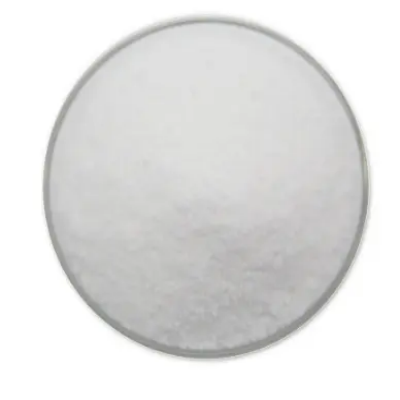
Pefloxacin mesylate CAS:70458-95-6
Pefloxacin mesylate is a synthetic fluoroquinolone antibiotic with broad-spectrum antibacterial activity against both gram-positive and gram-negative bacteria. It functions by inhibiting bacterial DNA synthesis through its interaction with enzymes like DNA gyrase and topoisomerase IV, leading to bactericidal effects. Pefloxacin mesylate is available in various pharmaceutical formulations for oral and injectable administration, offering effective treatment options for a wide range of bacterial infections.
-

Novobiocin sodium salt CAS:1476-53-5
Novobiocin sodium salt is a microbial-derived antibiotic belonging to the coumarin family, originally isolated from Streptomyces strains. It exhibits broad-spectrum antibacterial activity, particularly against gram-positive bacteria, by inhibiting DNA gyrase, an essential enzyme involved in DNA replication and transcription. Novobiocin is commonly used in microbiology laboratories for its selective inhibition of Staphylococcus aureus and other coagulase-positive staphylococci, making it a valuable tool for bacterial identification and antimicrobial susceptibility testing.
-
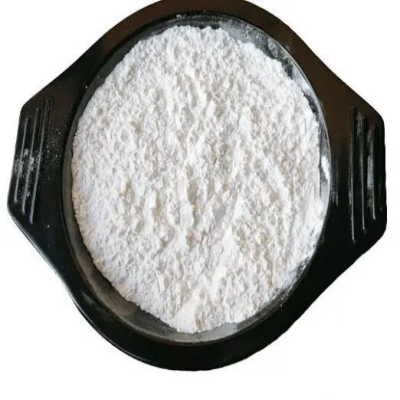
Nitrocefin CAS:41906-86-9
Nitrocefin is a chromogenic cephalosporin substrate used in microbiology for the detection of beta-lactamase activity in bacteria. It serves as a diagnostic tool to identify bacteria that produce beta-lactamase enzymes capable of hydrolyzing beta-lactam antibiotics, such as penicillins and cephalosporins. Nitrocefin undergoes a color change from yellow to red in the presence of beta-lactamase, allowing for rapid visual detection of enzyme activity. This property makes nitrocefin a valuable tool in clinical laboratories for screening bacterial isolates and guiding antibiotic therapy decisions.
-

Oleandomycin phosphate CAS:7060-74-4
Oleandomycin phosphate is a macrolide antibiotic derived from Streptomyces antibioticus, known for its broad-spectrum antimicrobial activity against gram-positive bacteria. It inhibits bacterial protein synthesis by binding to the 50S ribosomal subunit, leading to bacteriostatic effects. Oleandomycin phosphate is commonly used in veterinary medicine for the treatment of bacterial infections in livestock and poultry. It is available in formulations suitable for oral administration to address respiratory infections, gastrointestinal disorders, and other bacterial diseases affecting animals.

